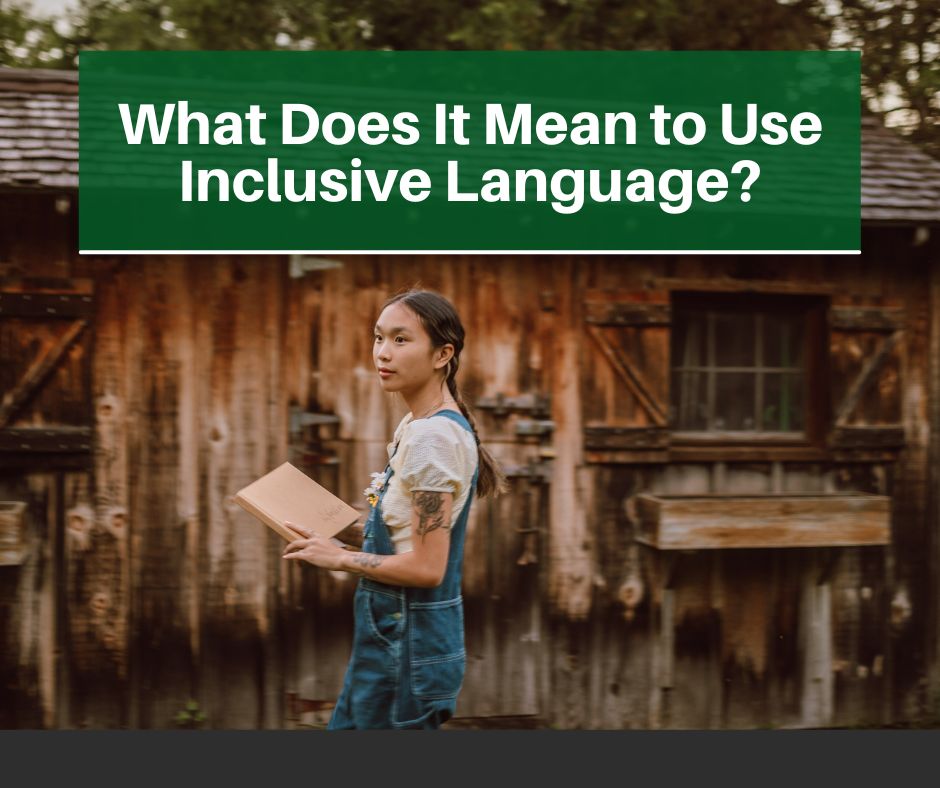Books, magazines, movies, and TV shows that accurately portray and respect the lived experiences of diverse audiences use inclusive language. When people belong to underrepresented groups, they may feel that they can’t fully appreciate literature and may even stop reading due to exclusionary texts.
Individuals who are excluded or punished in mainstream society and culture, frequently due to a long history of oppression, are at the core of the conversation about inclusive writing. People of color, members of the LGBTQ community, neurodiverse people, and people with disabilities are included here.
Writing that is accessible to all audiences is a delicate and involved topic. Still, we’ll do our best in this blog to take a nuanced look at a few of the less-than-inclusive terminology and writing habits that authors may have picked up over time and to suggest a few easy adjustments that might help you welcome a broader range of readers into the lovely world of your work.
Definition of Inclusive Language
Using phrases or terms that could be perceived as excluding particular groups of people is avoided in inclusive language. Although this language can be used to exclude anyone, it is most commonly used to refer to marginalized groups like racial and ethnic minorities and the LGBTQ community who have faced discrimination in the past.
To avoid offending or denigrating others on the basis of their appearance, race, religion, gender, sexual orientation, gender identity, or any other characteristic, we use inclusive language.
By using language that is all-inclusive, you show that you understand and value the contributions of people from a variety of backgrounds and perspectives. This helps foster an accepting community where people may be themselves without fear of judgment based on characteristics they have no control over.
Furthermore, by using inclusive language, you demonstrate that you demand the same level of civility from others and emphasize mutual respect in your relationships with others.
The Value of Using Language That Includes Everyone
Words and ideas that seem neutral at first glance but are actually derogatory to marginalized groups have gradually become ingrained in popular culture. These elements entered our vocabulary mostly because the persons involved have historically lacked power.
Recognizing and avoiding such archaic terminology is a significant component of inclusive writing. However, genuine inclusive writing should go beyond this, considering overt obstacles like insults and stereotypes and more subtle ones like a lack of awareness of how one group’s members view another.
When authors write “we” without considering who comprises that imagined community, some readers may feel unrecognized or misunderstood even though the use of “we” is sometimes required and usually harmless, for example.
The overarching purpose of inclusive writing is to become aware of and work to eliminate any instances in which one’s natural writing style contains harsh language that promotes stereotypes or somehow “others” potential readers. The author’s ability to use their ideas and skill with greater purpose and freedom once they realize this.
